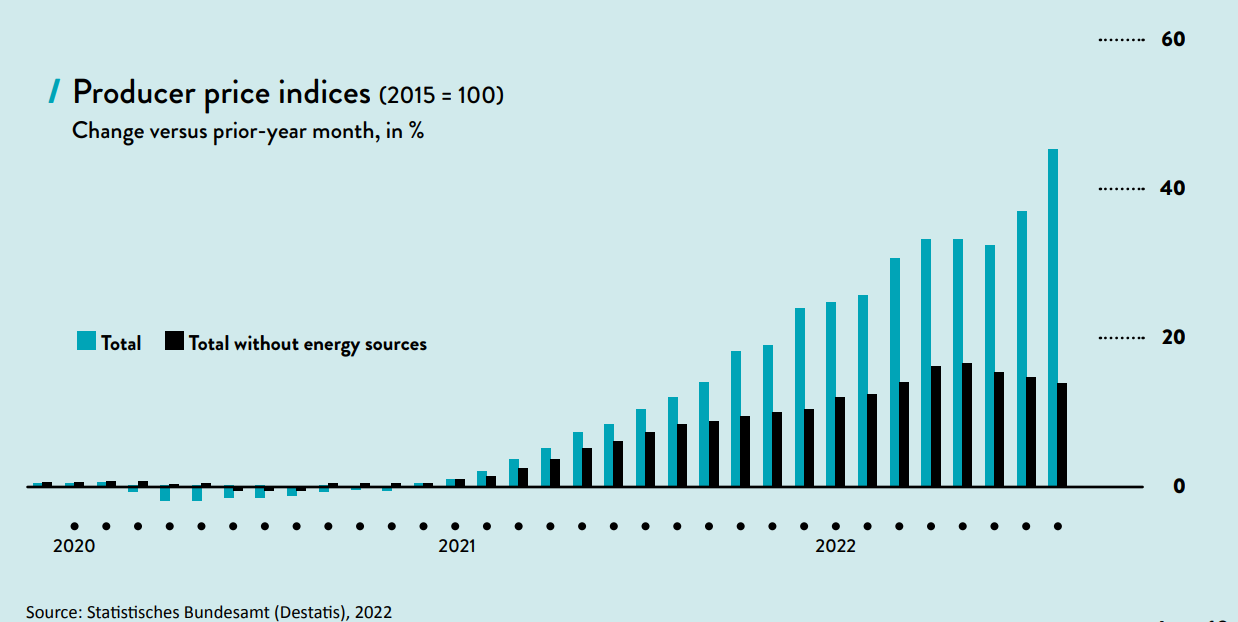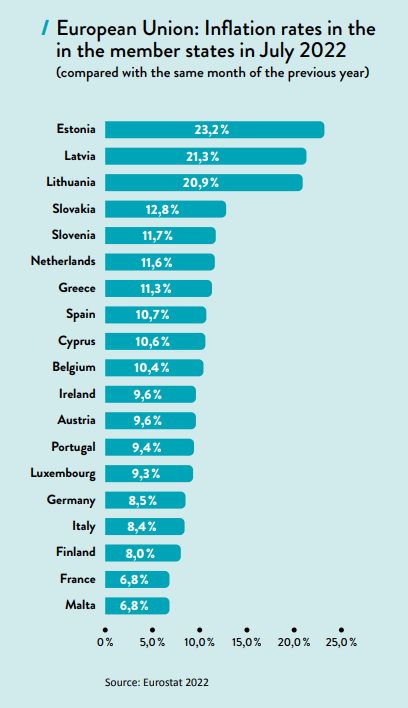Sooner or later, price increases catch up with every company.
The current price increases are the result of overlapping developments. Buyers have to avoid requests for increased prices as much as possible in order to minimize cost increases. This new focus must also be reflected in KPIs and incentive models. Supply chains need to be diversified to cope with the current volatility and the necessary transformation into a more sustainable economic structure. Companies should establish stable networks with different global, strategically selected partner companies. Stability is created through transparent communication and cooperation based on trust, on equal terms. Procurement will play an even greater role than before as an interface manager, risk manager, and change moderator. Digitization is already providing the means to fulfill these strategic tasks as well as possible.




